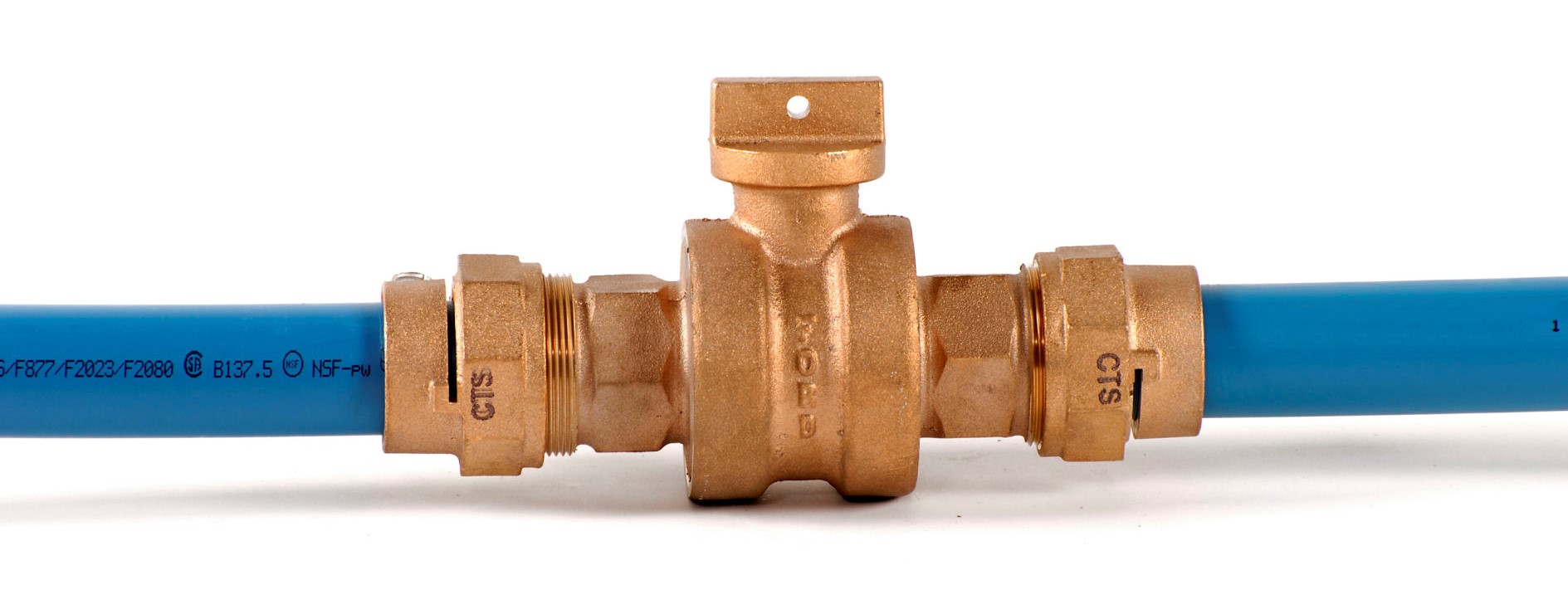

Articles
What Is A Water Line Plumbing
Modified: January 6, 2024
Get informative articles on water line plumbing and learn what it entails, from installation to maintenance. Gain insights and tips from industry experts.
(Many of the links in this article redirect to a specific reviewed product. Your purchase of these products through affiliate links helps to generate commission for Storables.com, at no extra cost. Learn more)
Introduction
Water line plumbing plays a crucial role in our everyday lives, providing us with a reliable supply of clean water for various purposes. Whether it’s for drinking, cooking, bathing, or irrigating our gardens, a well-functioning water line plumbing system is essential for the smooth operation of a home or business.
In this article, we will delve into the world of water line plumbing, exploring its components, types, common issues, and the importance of repair and maintenance. We will also discuss the benefits of hiring a professional for water line plumbing services.
So, let’s dive in and discover the inner workings of water line plumbing systems and learn how they keep our lives flowing smoothly.
Key Takeaways:
- Understanding the components, types, and common issues of water line plumbing is crucial for homeowners and property managers to maintain a reliable supply of clean water and address plumbing concerns effectively.
- Hiring a professional plumber for water line plumbing services ensures expertise, safety, and cost efficiency, contributing to the longevity and efficiency of the plumbing system while providing peace of mind for property owners.
Read more: What Does Sewer Line Belly Mean In Plumbing
Understanding Water Line Plumbing
Water line plumbing refers to the system of pipes, fittings, and fixtures that deliver fresh water to our homes, buildings, and establishments. It is responsible for transporting water from the main water supply to various points of use throughout the property.
The main purpose of water line plumbing is to ensure a safe and reliable supply of clean water for domestic and commercial purposes. It involves the distribution of water for drinking, cooking, washing, and other essential activities.
Water line plumbing systems work on the principle of water pressure. The water enters the property through a main water line connected to a municipal water supply or a private well. From there, it flows through a series of pipes and fixtures, ensuring that every faucet, showerhead, and appliance has access to a consistent supply of fresh water.
Water line plumbing requires careful planning and installation to ensure efficiency and prevent issues such as leaks, low water pressure, or water contamination. It is important to consider factors like pipe materials, pipe size, and the layout of the plumbing system to ensure optimal performance.
Proper understanding of water line plumbing is essential for homeowners, property managers, and even tenants, as it allows them to identify potential problems, make informed decisions regarding maintenance and repair, and ensure the efficient use of water resources.
In the next sections, we will explore the components of a water line plumbing system, the different types of water line plumbing, common issues that may arise, and the importance of regular repair and maintenance. By gaining a deeper understanding of water line plumbing, you will be better equipped to address any concerns and keep your plumbing system running smoothly.
Components of a Water Line Plumbing System
A water line plumbing system consists of several key components that work together to ensure the proper flow and distribution of water. Understanding these components will give you a clearer picture of how the system operates and how potential issues can arise.
1. Water Supply Line
The water supply line is the main pipe that carries water into your property. It is usually connected to a municipal water supply or a private well and is responsible for delivering water to your plumbing system.
2. Shut-off Valve
The shut-off valve is an essential component of the water line plumbing system. It allows you to control the flow of water into your property. In case of an emergency or when repairs need to be made, the shut-off valve can be used to cut off the water supply to prevent further damage.
Read more: What Is A Water Hammer In Plumbing
3. Water Meter
In many properties, a water meter is installed to measure the amount of water you use. This information is important for billing and monitoring your water consumption.
4. Pressure Regulator
A pressure regulator is used to control the water pressure in the plumbing system. It ensures that the water pressure remains within a safe range, preventing damage to pipes, appliances, and fixtures.
5. Pipes and Fittings
Pipes and fittings are the backbone of any water line plumbing system. Pipes, made of materials such as copper, PEX, or PVC, carry the water from the main supply to the various points of use. Fittings, including elbows, tees, and couplings, are used to connect and redirect the flow of water.
6. Fixtures and Appliances
Fixtures and appliances are the endpoints of the water line plumbing system. These include faucets, showers, toilets, sinks, and water-using appliances like dishwashers and washing machines. These fixtures and appliances are connected to the plumbing system through pipes and fittings.
Read more: What Type Of Pipe For Outdoor Water Line
7. Drainage System
While not directly part of the water line plumbing system, the drainage system works in conjunction with it. The drainage system consists of pipes, traps, and vents that remove wastewater and sewage from your property, ensuring proper sanitation.
Understanding the components of a water line plumbing system is essential for maintenance, repairs, and troubleshooting. By familiarizing yourself with these components, you will be better equipped to identify issues, perform basic repairs, and communicate effectively with professional plumbers when needed.
Types of Water Line Plumbing
Water line plumbing systems can vary in design and materials used, depending on factors such as building codes, geographical location, and personal preferences. Let’s explore some of the most common types of water line plumbing systems:
1. Traditional Copper Piping
Copper piping has long been a popular choice for water line plumbing systems. It is durable, resistant to corrosion, and has excellent water flow characteristics. Copper pipes are typically soldered or welded together, creating a secure and leak-resistant connection. However, copper pipes can be more expensive than other options.
2. PEX Piping
PEX (cross-linked polyethylene) piping is a newer alternative to traditional copper piping. It is flexible, making it easier to install in tight spaces. PEX piping is resistant to corrosion and freezing, which can lead to burst pipes. It also has excellent resistance to scale build-up and is often less expensive than copper piping.
Read more: What Size Is An Ice Maker Water Line
3. PVC and CPVC Piping
PVC (polyvinyl chloride) and CPVC (chlorinated polyvinyl chloride) piping are commonly used for water line plumbing systems in residential and commercial applications. They are affordable, lightweight, and easy to install. PVC and CPVC pipes are resistant to corrosion and have good chemical resistance. However, they may not be suitable for hot water lines due to their lower temperature tolerance.
4. Galvanized Steel Piping
In older properties, you may find galvanized steel piping used for water line plumbing. While once a popular choice, galvanized steel piping has fallen out of favor due to its susceptibility to corrosion and scale build-up over time. If you have galvanized steel pipes, it is recommended to consider replacing them with more modern materials.
5. Polypropylene Piping
Polypropylene piping is a newer type of plumbing material gaining popularity in some areas. It is known for its high resistance to chemicals and corrosion, making it suitable for a wide range of applications.
6. Hybrid Systems
Hybrid systems combine different types of piping materials to leverage the benefits of each material. For example, a system may use PEX piping for its flexibility and ease of installation in certain areas, while utilizing copper piping for its reliability in other sections.
When choosing the type of water line plumbing for your property, it is essential to consider factors such as budget, water quality, environment, and local building codes. Consulting with a professional plumber can help you determine the best option for your specific needs.
Read more: How To Install Water Line For Refrigerator
Common Issues with Water Line Plumbing
While water line plumbing systems are designed to be durable and reliable, they can still experience issues over time. Being aware of common problems can help you identify and address them promptly, preventing further damage and costly repairs. Here are some of the most common issues with water line plumbing:
1. Leaks
Leaks are one of the most common issues in water line plumbing. They can occur due to deteriorating pipes, high water pressure, improper installation, or freeze-thaw cycles. Leaks can waste water, lead to water damage, and cause structural problems if left unresolved.
2. Low Water Pressure
If you notice a decrease in water pressure throughout your home, it could be due to several factors. These may include clogged pipes, mineral buildup, a faulty pressure regulator, or a main water line issue. Low water pressure can affect the functionality of faucets, showers, and appliances.
3. Water Discoloration
Water discoloration, such as brown or rusty water, can signal underlying issues in the water line plumbing system. It can be caused by corroded pipes, sediment buildup, or a disturbance in the water supply. Discolored water can be unsightly and may indicate potential health risks.
Read more: How To Disconnect A Refrigerator Water Line
4. Water Hammer
Water hammer is a loud banging or thumping noise that occurs when water suddenly stops or changes direction in the plumbing system. It is caused by the sudden change in water pressure and can lead to damage to pipes and fittings if left unchecked.
5. Frozen Pipes
In colder climates, frozen pipes can be a common issue during winter months. When water freezes inside the pipes, it can cause them to crack or burst, leading to water leaks and potentially extensive water damage. Proper insulation and prevention measures are crucial to avoid frozen pipes.
6. Water Contamination
Water contamination can occur when there is a breach in the water line plumbing system, allowing contaminants to enter the water supply. This can be a serious health risk, as it may result in the presence of bacteria, chemicals, or other harmful substances in your tap water.
7. Aging Infrastructure
In older properties, aging pipes and plumbing infrastructure can be a recurrent issue. Over time, pipes can deteriorate, leading to leaks, low water pressure, and other plumbing problems. Regular maintenance and timely upgrades are essential to mitigate these issues.
If you encounter any of these issues or suspect a problem with your water line plumbing, it is recommended to seek the assistance of a professional plumber. They have the expertise and tools to diagnose and resolve plumbing issues effectively.
Read also: 14 Best Plumb Bob Line for 2024
Repair and Maintenance of Water Line Plumbing
Proper repair and maintenance are crucial to ensure the longevity and efficient functioning of your water line plumbing system. Regular maintenance can help prevent potential issues and catch any problems early on. Here are some essential tips for repairing and maintaining your water line plumbing:
1. Routine Inspections
Regularly inspect your water line plumbing system for signs of leaks, corrosion, or other visible damage. Look for wet spots, mold growth, or any unusual odors that may indicate a problem. Pay attention to the water pressure and water quality to identify any potential issues.
2. Address Leaks Promptly
If you notice any leaks, no matter how small, it’s important to address them promptly. Even a minor leak can lead to significant water waste and damage over time. Inspect all visible pipes and check for signs of dripping or moisture. If you find a leak, either fix it yourself if it’s a minor issue or hire a professional plumber to handle it.
3. Clear Clogged Drains
Clogged drains can cause water to back up and put unnecessary pressure on the water line plumbing system. Use a plunger or a drain snake to clear minor clogs. For stubborn or recurring clogs, it’s best to consult a professional plumber who can use specialized tools to remove the blockage.
Read more: How To Clean A Refrigerator Water Line
4. Protect Against Freezing
In colder climates, protecting water lines against freezing is crucial. Insulate exposed pipes with pipe sleeves or insulation materials to prevent freezing. Disconnect and drain any outdoor hoses before winter. In extreme cold weather, allow a small trickle of water to flow through faucets to prevent frozen pipes.
5. Maintain Water Pressure
Low or fluctuating water pressure can indicate an issue with the water line plumbing system. Regularly check and adjust the pressure regulator to ensure optimal water pressure. If the problem persists, it’s best to consult a professional plumber to identify and fix the underlying cause.
6. Schedule Professional Maintenance
While you can handle some minor maintenance tasks yourself, it’s important to schedule regular professional maintenance for your water line plumbing system. A professional plumber can inspect the system, detect any hidden issues, and perform necessary repairs or replacements. They can also flush out sediment and perform maintenance tasks that require specialized tools and expertise.
7. Consider Upgrades and Replacements
If you have an older water line plumbing system, consider upgrades or replacements as needed. Aging pipes and components may be prone to leaks and other issues. Updating your system with modern materials and technology can improve efficiency, enhance water quality, and reduce the risk of future problems.
By following these repair and maintenance tips, you can ensure the optimal performance and longevity of your water line plumbing system. Remember, when in doubt or faced with major repairs, always consult a professional plumber for expert guidance and assistance.
Read also: 9 Best Plumb Bob And Line for 2024
Hiring a Professional for Water Line Plumbing Services
While there are minor plumbing repairs and maintenance tasks that you can handle on your own, certain issues with your water line plumbing system may require the expertise of a professional plumber. Hiring a professional ensures that the job is done correctly, efficiently, and safely. Here are some key reasons to consider hiring a professional for water line plumbing services:
1. Expertise and Experience
Professional plumbers have extensive knowledge and experience in dealing with water line plumbing systems. They are trained to handle a wide range of plumbing issues and are familiar with various types of piping materials and fixtures. Their expertise allows them to diagnose problems accurately and provide effective solutions.
2. Proper Tools and Equipment
Professional plumbers have access to specialized tools and equipment needed to repair, replace, and maintain water line plumbing systems. These tools are not commonly found in a typical household toolbox. By using the right tools, professionals can work efficiently and complete the job with precision.
3. Time and Cost Efficiency
Hiring a professional plumber can save you time and money in the long run. They have the skills and knowledge to quickly identify and fix problems, preventing further damage and costly repairs down the line. Professionals can also provide advice on cost-effective solutions and help you avoid unnecessary expenses.
4. Safety and Compliance
Working with water line plumbing systems involves potential hazards, such as exposure to harmful chemicals and working with pressurized water. Professional plumbers are trained in safety protocols and follow industry standards to ensure the work is done safely. They are also aware of local building codes and regulations, ensuring that the plumbing work is compliant and meets the required standards.
5. Warranty and Insurance
Many professional plumbing companies offer warranties on their workmanship, providing you with peace of mind. In case any issues arise after the service, you can rely on the warranty to rectify the problem without extra costs. Additionally, professional plumbers are insured, which protects you from any liability in case of accidents or damage during the plumbing work.
6. Comprehensive Services
Professional plumbers offer a wide range of services beyond repairs and replacements. They can perform routine maintenance, conduct system inspections, install new plumbing fixtures, and provide expert advice on water conservation and efficiency. Their comprehensive services ensure that your water line plumbing system remains in optimal condition.
When choosing a professional plumber, it is important to do thorough research, read reviews, and ask for recommendations. Look for licensed and insured plumbers with a proven track record of quality workmanship and reliable customer service.
By hiring a professional for your water line plumbing needs, you can save time, avoid costly mistakes, and ensure the longevity and efficiency of your plumbing system. Don’t hesitate to seek professional help when necessary to maintain the integrity of your water line plumbing system.
Conclusion
Water line plumbing is a vital component of any property, providing us with access to clean and safe water for our daily needs. Understanding the intricacies of water line plumbing can help homeowners and property managers address issues, maintain the system properly, and ensure the efficient use of water resources.
In this article, we have explored the various aspects of water line plumbing, including its components, types, common issues, repair, and maintenance. We have emphasized the importance of hiring professional plumbers for complex tasks, as they possess the knowledge, experience, and tools necessary to handle water line plumbing systems effectively.
Regular inspections, prompt repairs, and scheduled maintenance are key to keeping your water line plumbing system in optimal condition. By addressing issues such as leaks, low water pressure, or water discoloration promptly, you can prevent further damage and ensure the reliability of your system.
Furthermore, understanding the types of water line plumbing materials available can help you make informed decisions when considering upgrades or replacements. Whether you opt for traditional copper piping, modern PEX piping, or a hybrid system, choosing the right material for your specific needs is crucial.
Lastly, maintaining a healthy water line plumbing system contributes to water conservation efforts and ensures the availability of clean water for future generations. By taking proactive measures and seeking professional help when needed, you can contribute to a sustainable and functional water line plumbing system.
In conclusion, water line plumbing plays an integral role in our daily lives. By understanding its components, types, common issues, and the importance of repair and maintenance, you can enjoy a reliable supply of clean water and preserve the integrity of your plumbing system for years to come.
Frequently Asked Questions about What Is A Water Line Plumbing
Was this page helpful?
At Storables.com, we guarantee accurate and reliable information. Our content, validated by Expert Board Contributors, is crafted following stringent Editorial Policies. We're committed to providing you with well-researched, expert-backed insights for all your informational needs.
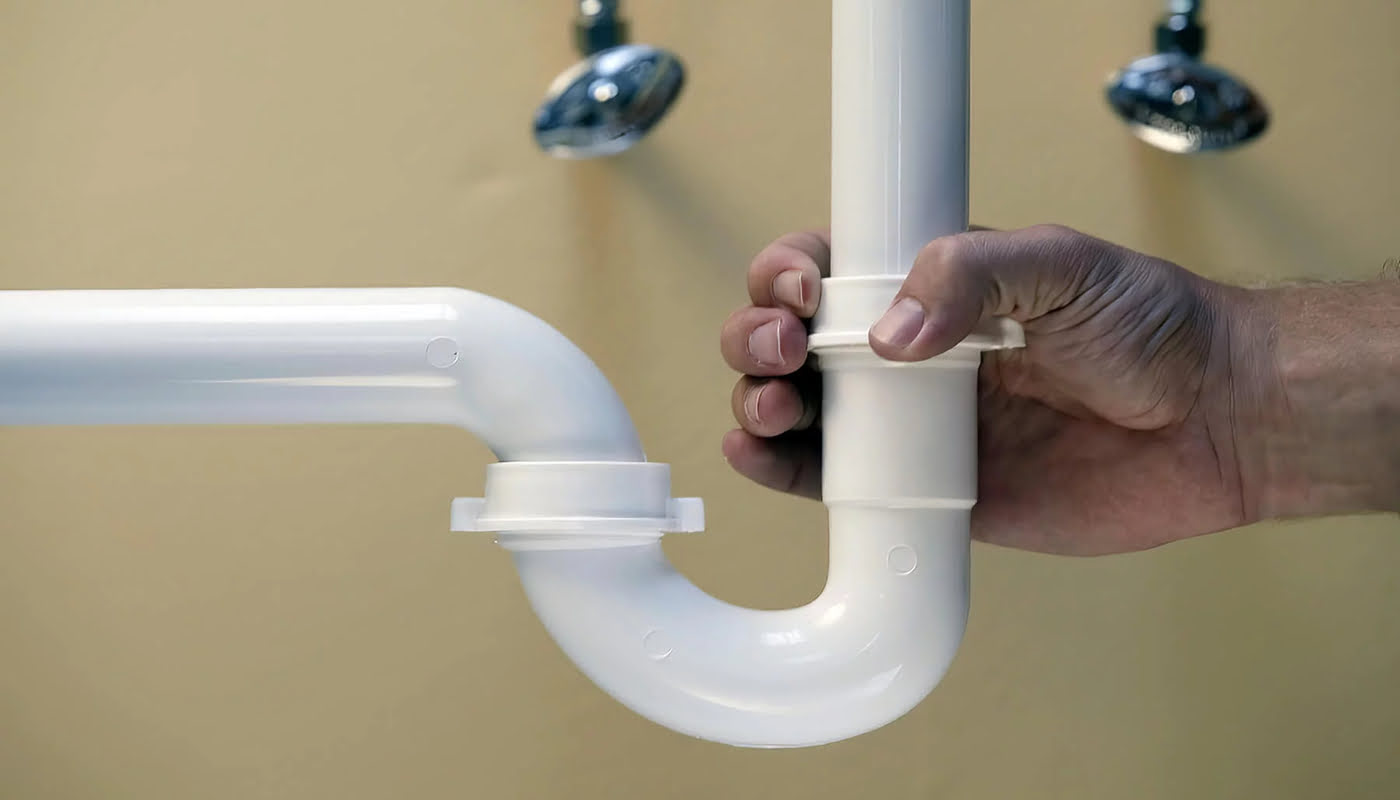
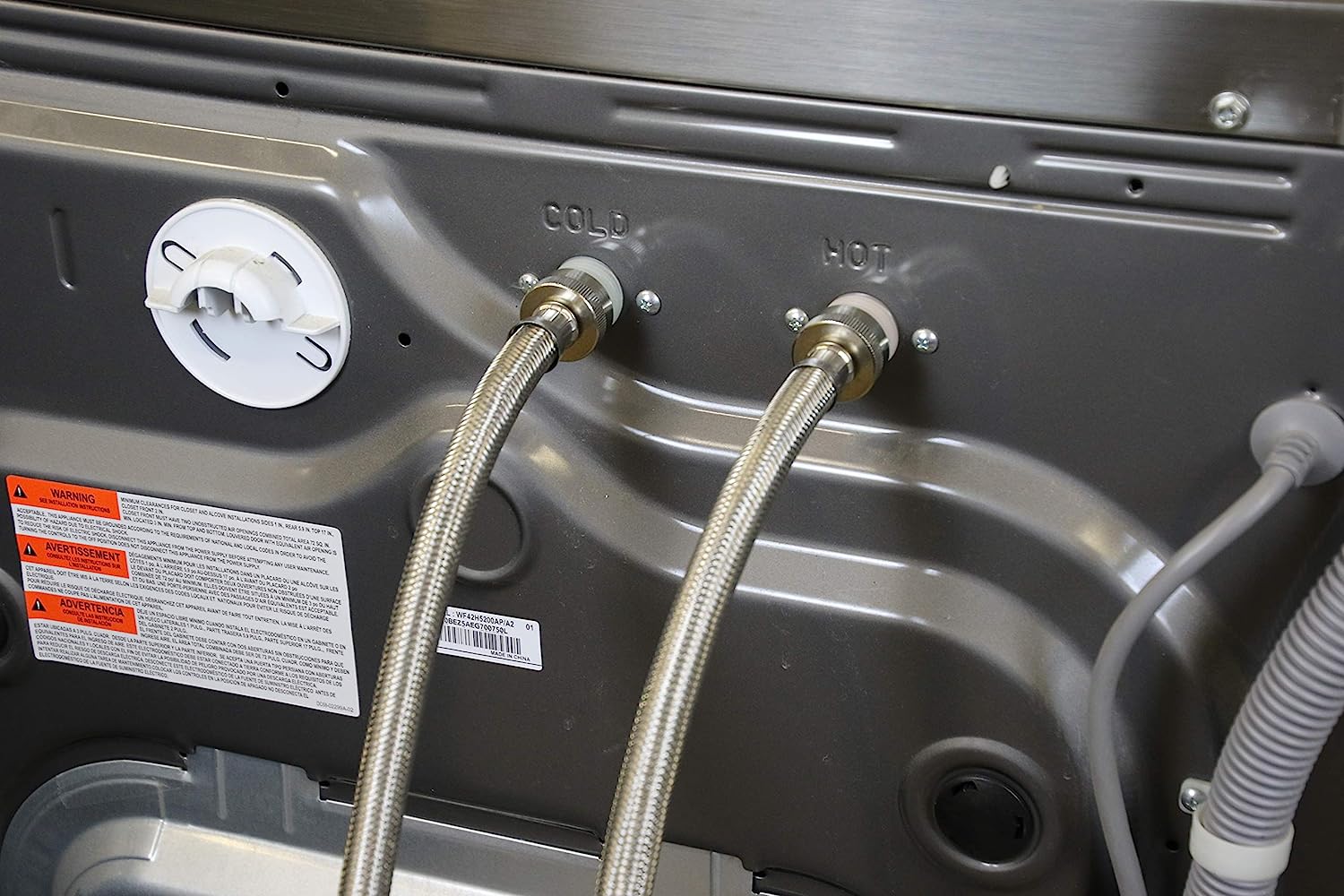
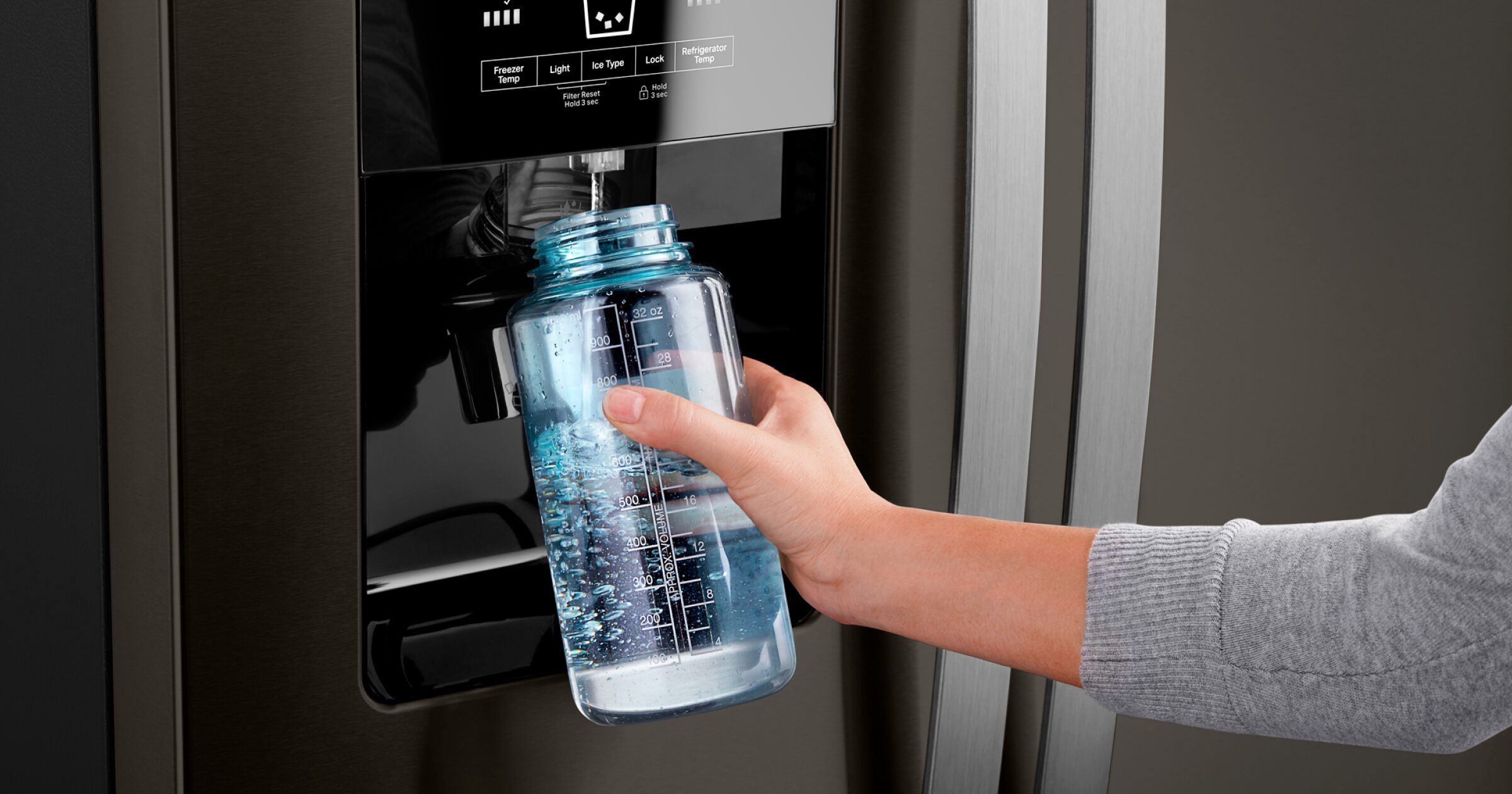
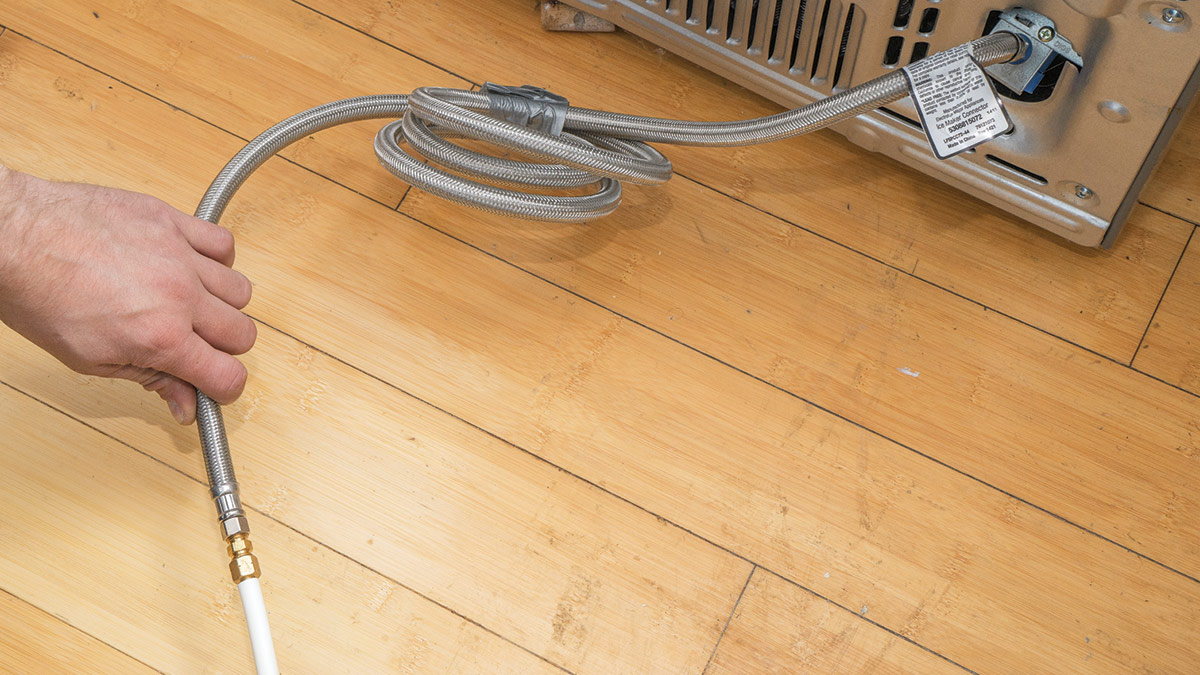
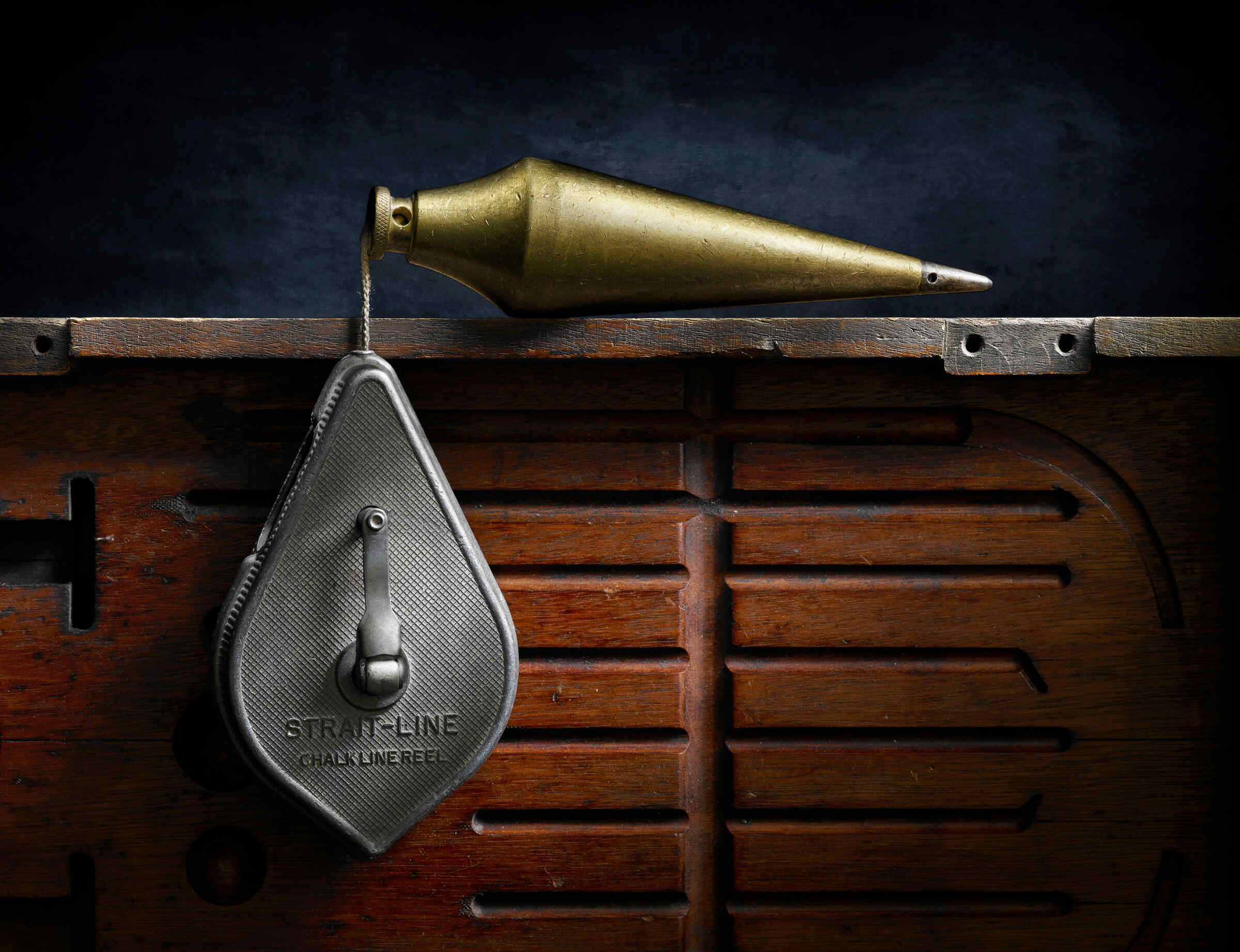
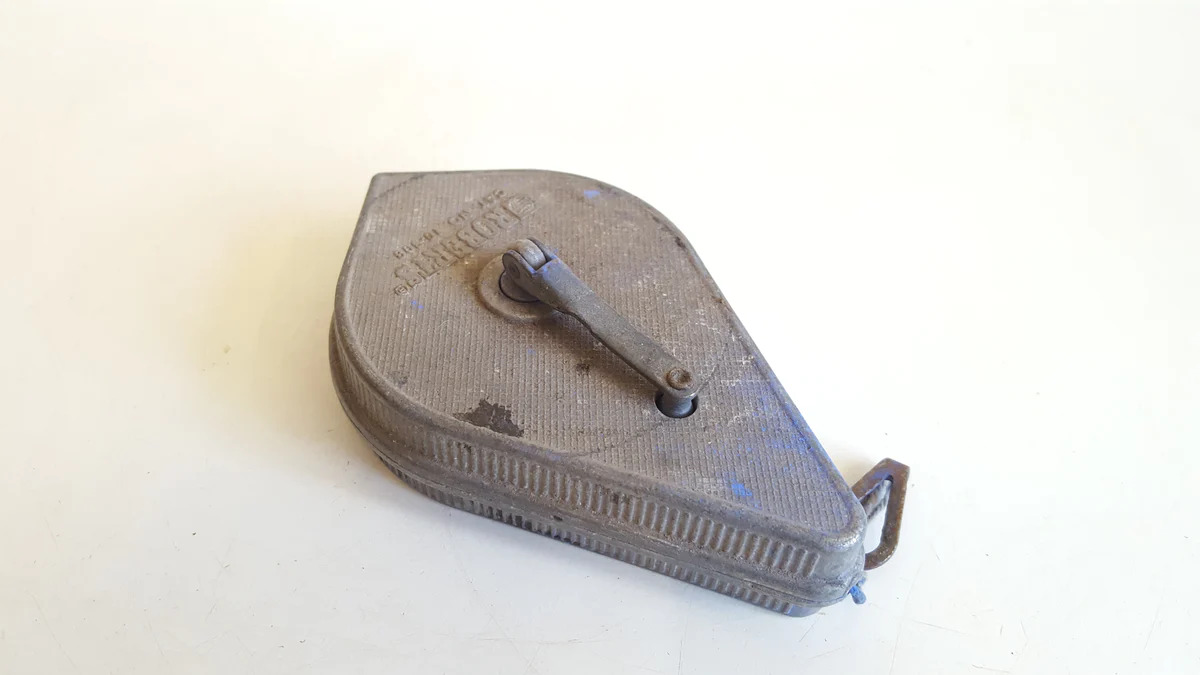

0 thoughts on “What Is A Water Line Plumbing”